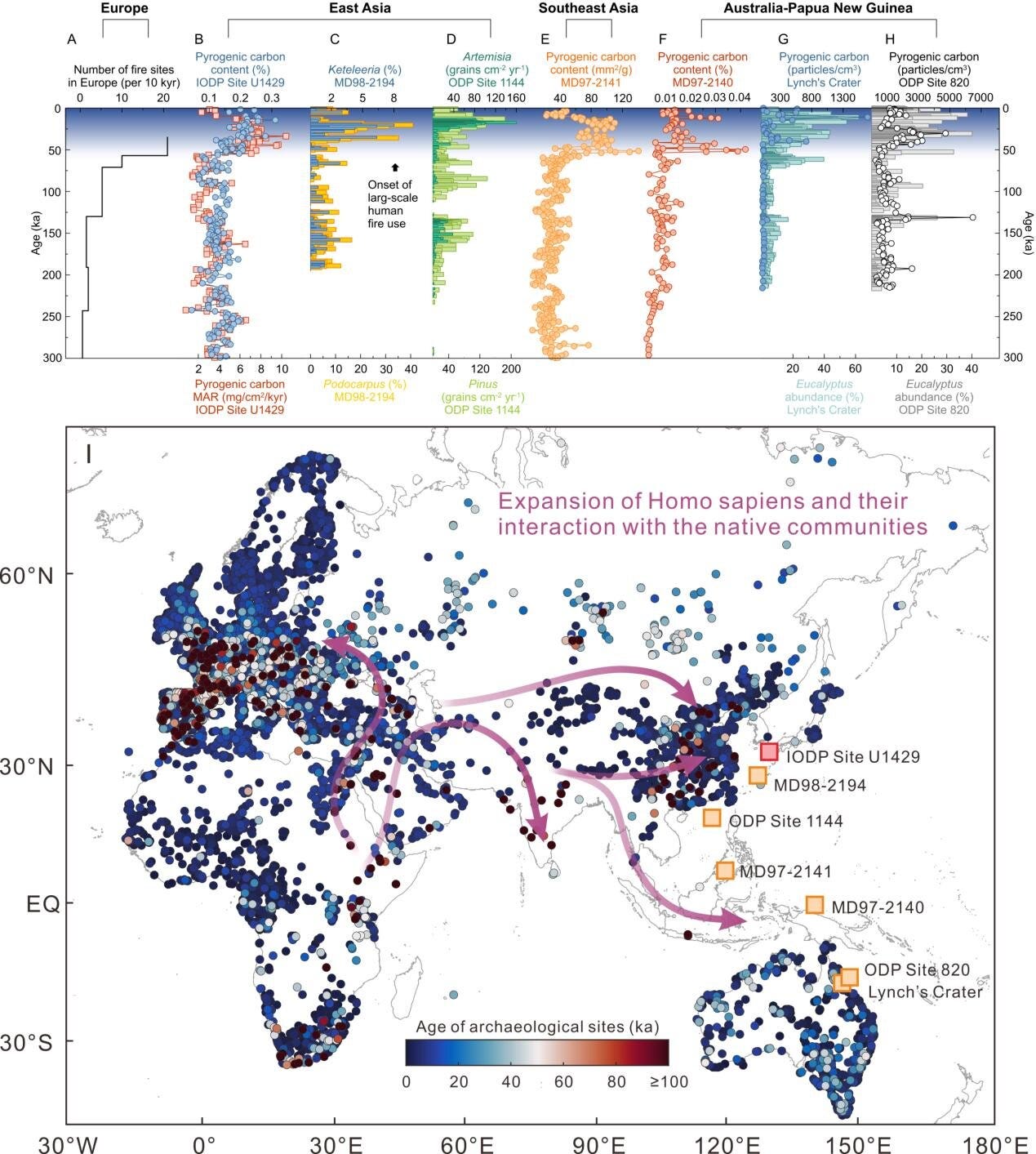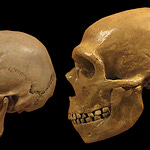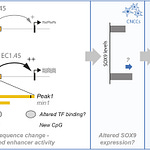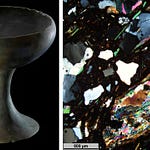The Smoldering Past Beneath the Sea
Deep beneath the floor of the East China Sea, a core of ancient sediment contains a carbon-laced story that challenges long-held beliefs about early humans and their role in reshaping the planet. In a study published in Proceedings of the National Academy of Sciences1, researchers found a sharp rise in pyrogenic carbon—traces left behind when vegetation burns incompletely—dating back roughly 50,000 years.

This increase marks a critical shift: fire became not just a byproduct of lightning and drought, but a deliberate, strategic tool used by Homo sapiens.
"Our findings challenge the widely held belief that humans only began influencing the environment with fire in the recent past, during the Holocene," said Dr. Zhao Debo of the Institute of Oceanology, Chinese Academy of Sciences.
This new fire signal doesn’t stand alone. It appears at the same time as similar shifts in Southeast Asia, Europe, and Oceania. The synchronicity suggests something more than a local anomaly. Fire, like language or toolmaking, had become part of what it meant to be human.
Listen to this episode with a 7-day free trial
Subscribe to Anthropology.net to listen to this post and get 7 days of free access to the full post archives.









